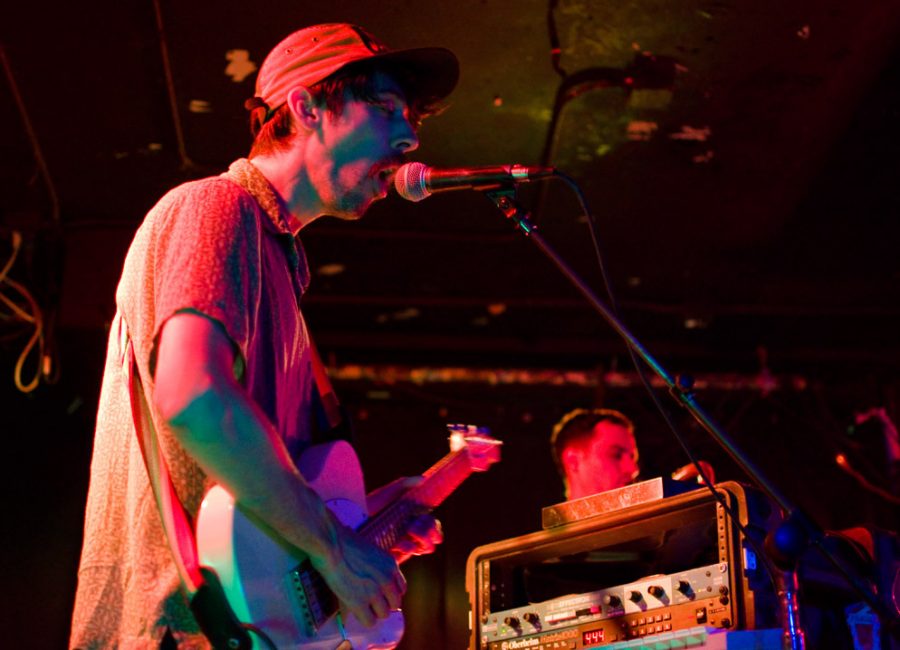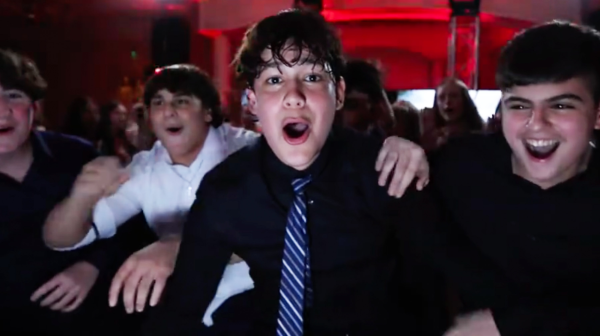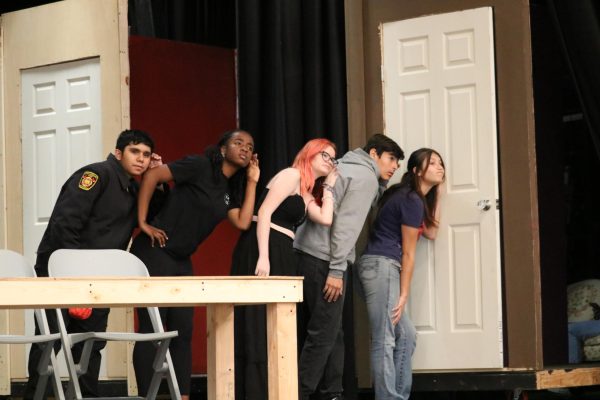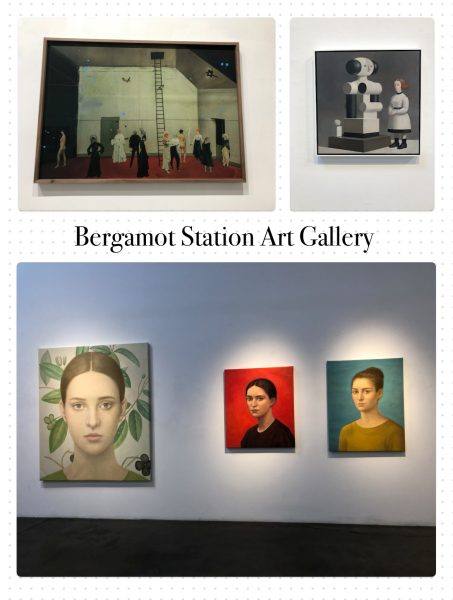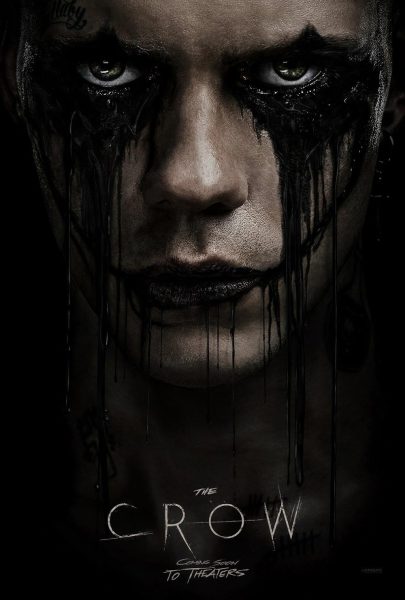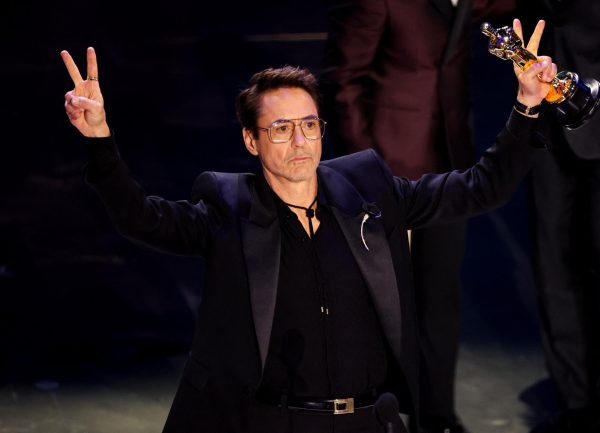Sun Araw’s Cameron Stallones on Collaborating with Reggae Legends, Hotline Miami, and Stylistic Evolution
April 16, 2021
“As an artist you are always trying to explore more and more potent manifestations of your imagination,” said Sun Araw.
Sun Araw can only be accurately described as a musical project spearheaded by Los Angeles musician Cameron Stallones. Its wild variations in style and instrumentation, numerous collaborations, and sheer quantity of music released over around 13 years have cemented it as something totally peerless in the world of indie music.
My first introduction to the music, like many other fans online, was through the video game Hotline Miami. The music of Sun Araw stands out from the rest of the game’s soundtrack: nearly all of the other songs featured in the game were hyper-fast, 80s-inspired electronic rushes of adrenaline that matched the violent chaos of the game.
The two Sun Araw tracks couldn’t differ more. Laid-back, slow, and most notably reverb-heavy, these songs provided a break from the game’s usual breakneck speeds, and stood out for this reason.
When I was in middle school these songs stood out to me and shocked me with how different they sounded, but to my current regret, I never decided to look any further into the Sun Araw discography.
When quarantine began and I revisited the game, however, the second the almost sedated groove of “Horse Steppin’” hit me, I decided I had to listen to more.
What awaited me was a massive discography, featuring several collab albums with the likes of reggae legends The Congos and modern psych-rock trailblazers Eternal Tapestry. After almost a year of listening, I’m still only around two-thirds through, but everything I’ve heard has been original and distinct. After learning that this artist whose music I had formed such a connection with was in fact pretty easy to contact, I reached out for an interview.
Without further ado, here is my email correspondence with Sun Araw’s Cameron Stallones.
Antoine Chanfreau: What was the first band/musical project you ever worked on?
Cameron Stallones: I grew up in central Texas, and in high school I tried to start a band, with mixed results. We played three shows, most of which were embarrassing/humiliating in some way. But I did manage (through mowing lawns) to save $500 which bought us three days in a local studio. Those three days still might be up there with the most fun I’ve ever had. We were so nervous, we played all our scratch tracks at almost double-speed, I lost most of my hearing (no joke) trying to get the screaming feedback guitar sounds I wanted because I was too shy to ask for earplugs, and then spent hours turning synthesizers backwards and turning the live room of the studio into a reverb chamber. I was in heaven. Too bad we were awful!
AC: On Patrol might be considered your most popular album. Why do you think that is? Looking back, what are your thoughts on that record?
CS: As an artist you are always trying to explore more and more potent manifestations of your imagination. Imagination is a funny thing because it’s both subjective and uniquely particular to you, but also there are aspects of it that are universal, and shared by all people. That’s why people can still connect to and dig on art from the past, because it resonates something universal, even after the particulars are gone. I think On Patrol was a moment where a series of really intense feelings I was having were merged perfectly with the gear I was using, which was basically just gear from the garbage. Sometimes the thing just summons itself perfectly. When I listen back to it, I still admire how much it just feels like “one seamless thing” altogether in an envelope, I can’t really hear the individual parts or layers.
AC: Your music is featured in the 2012 video game “Hotline Miami.” Have you ever played the game? If so, what are your thoughts on it?
CS: You know, it’s funny, I’ve still never played the game. I’m not much of a gamer, just never had the bug. But people are very passionate about that game, and contact me all the time because of it still. I’m super thankful Jonatan Söderström used it, and it’s led to some crazy situations. One time when we were playing at a very fancy theater in Portugal pretty soon after the game came out, and some people showed up at the show with hockey masks and baseball bats. The security guards took them all into a room, and I had to go meet them and explain to the guards that they were just cosplaying a video game.
AC: How did the collaborative album with The Congos and M. Geddes Gengras come to existence? How was the experience of recording in Jamaica?
CS: That’s one of the craziest things that’s ever happened to me. It came about through a label in NYC called RVNG. They had a series of releases where younger artists recorded with older artists they considered an influence. Matt Werth, who runs the label, had a friend who had just been down to Jamaica working on a film, and had met The Congos, so he asked me if I would be interested in recording with them. Heart of the Congos is the album that got me interested in reggae and dub in the first place. It’s somewhere between the two, and the production is very mysterious and expansive. So I said yes, and so began one of the trippier chapters of my life. We’ve kept up the connection to Jamaica and now Ged and I help run a label called Duppy Gun Productions, where we gather music from producers all over and send them down to our family in Jamaica for vocals.
AC: On a somewhat similar note, how was the recording experience for the Celebrate Music Synthesizer Group project? Did it feel different or weird to be working on purely electronic music?
CS: That record has a weird story. Basically we were on tour in Europe with a bigger than normal version of the band, and we got stuck in Rotterdam. A bunch of shows got canceled, and that’s usually a terrible thing b/c you just have to sit around in an expensive city and spend money, trying not to go broke before you get paid again. But this time, we had just gotten to Rotterdam to play at this rad spot called Worm, and they told us we could stay for free at the venue. Then it turned out they had a world-class, and I mean world-class synthesizer collection and studio, full of super rare and amazing stuff. So we had four days all by ourselves to just hook them all up in every conceivable combination and jam. Pretty much what you hear is what happened.
AC: There was quite the stylistic shift between The Inner Treaty and Belomancie. Was there any particular reason for it?
CS: There’s never more of a reason than just the desire to explore. I have a restless feeling most of the time, and it’s extremely unsatisfying to me to make music that doesn’t surprise me in some way. I think with Belomancie I found a bunch of new ways to surprise myself. Lots of experiments with stereo-field placement, and a lot more negative space. At the time I was reading a lot of Gertrude Stein. The thing about her writing is that it made lots of people mad at the time because it didn’t necessarily “mean anything” intellectually. People thought she was just making some kind of joke. But reading her work has a direct and “activating” physiological effect on you, it isn’t primarily an effect on your brain. With Belomancie, I was interested in trying to make music like that, music that has a very physical effect on you and creates different types of awareness. I mean music is already like that, compared to literature, but I wanted to try something even more extreme, music that’s kind of startling. The title track “Belomancie” is a good example, if you listen on headphones. On both The Inner Treaty and Belomancie, there’s a lot less reverb and kind of nodded-out vibes than on earlier stuff. It’s more of a sit-up and listen kind of feeling, rather than a sit-back and listen feeling.
AC: What were the influences behind your most recent album, Rock Sutra? Do you plan on continuing to play in the style of that album?
CS: The biggest influence on Rock Sutra was this new lineup of the band. The guys I’m playing with now when I play live (Jon Leland and Marc Riordan) are super next level musicians, and most Sun Araw albums are mainly recorded solo. So this time I wanted to record as a band, but I don’t really have a studio properly able to do that, so I rigged a way for us to record via MIDI, which is basically just a way to record digitally, not the audio signals, but just the “performance information,” like what note you played and how long/how loud you played it. So I ended up with something almost like sheet music, that I could put into the computer and arrange and pick voices for. Because almost all the sounds are digital, it’s really exciting to push the technology to make it super hi-fi and three-dimensional. Like a Transformers movie or something.
AC: Which album of yours has your favorite cover or artwork?
CS: Ha, I definitely couldn’t pick. To be successful it’s gotta marry with the music to make a sort of portal for the listeners imagination. I hope they all do that in some way, I work as hard on the artwork for each release as the music. I will say, the vinyl version of Ancient Romans I am very proud of. It’s definitely the most elaborate packaging I ever made, double white vinyl, and it came with a big booklet with a page for each track on the album. That’s why it’s never been repressed, it was so expensive to make.
AC: What are you planning for the future?
CS: Man, your guess is as good as mine. Rock Sutra came out right at the beginning of COVID, and I just haven’t been too inspired to make music since then. Mostly because what I was really excited about at the time was improvising with other people, in-person, and that’s been a challenge. I can honestly say I have no idea what the next Sun Araw album will sound like. Gotta wait for the next summoning!

